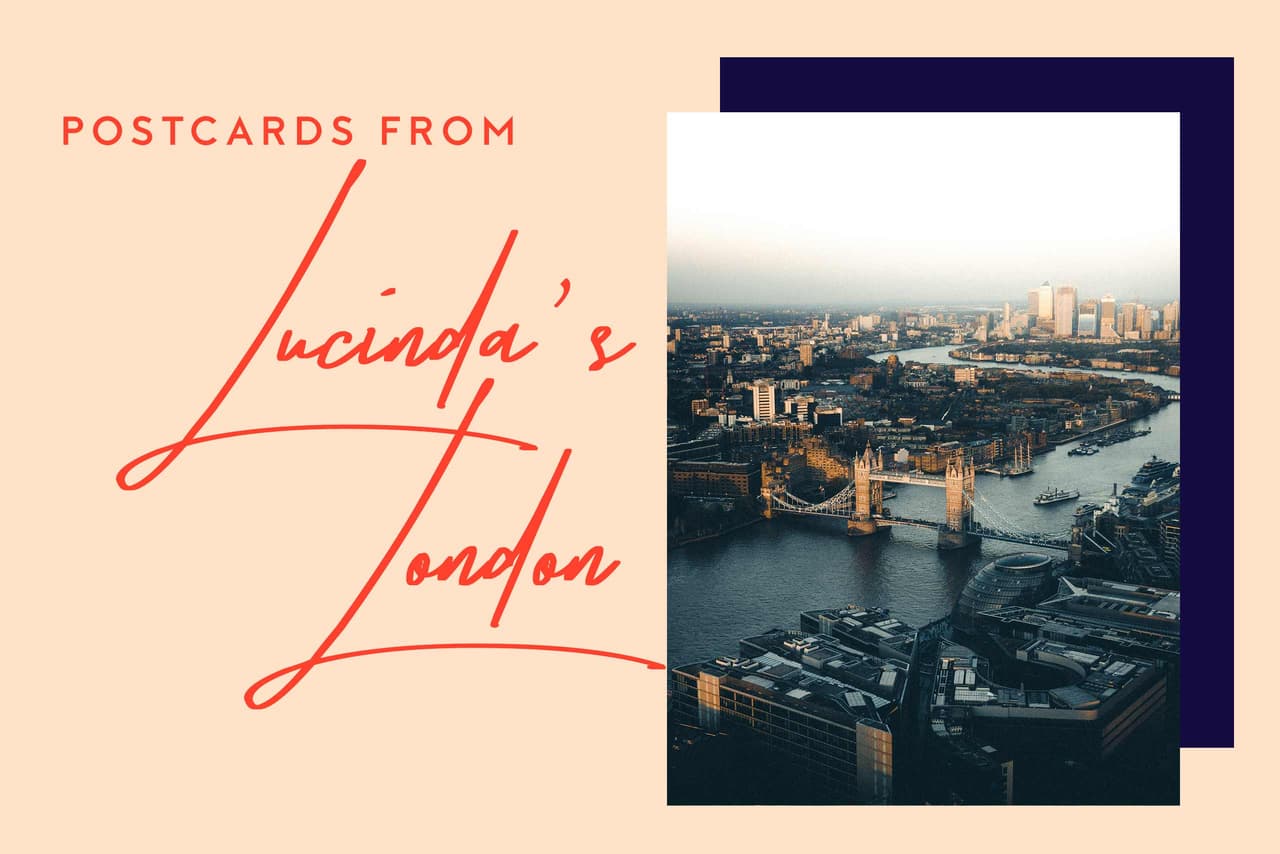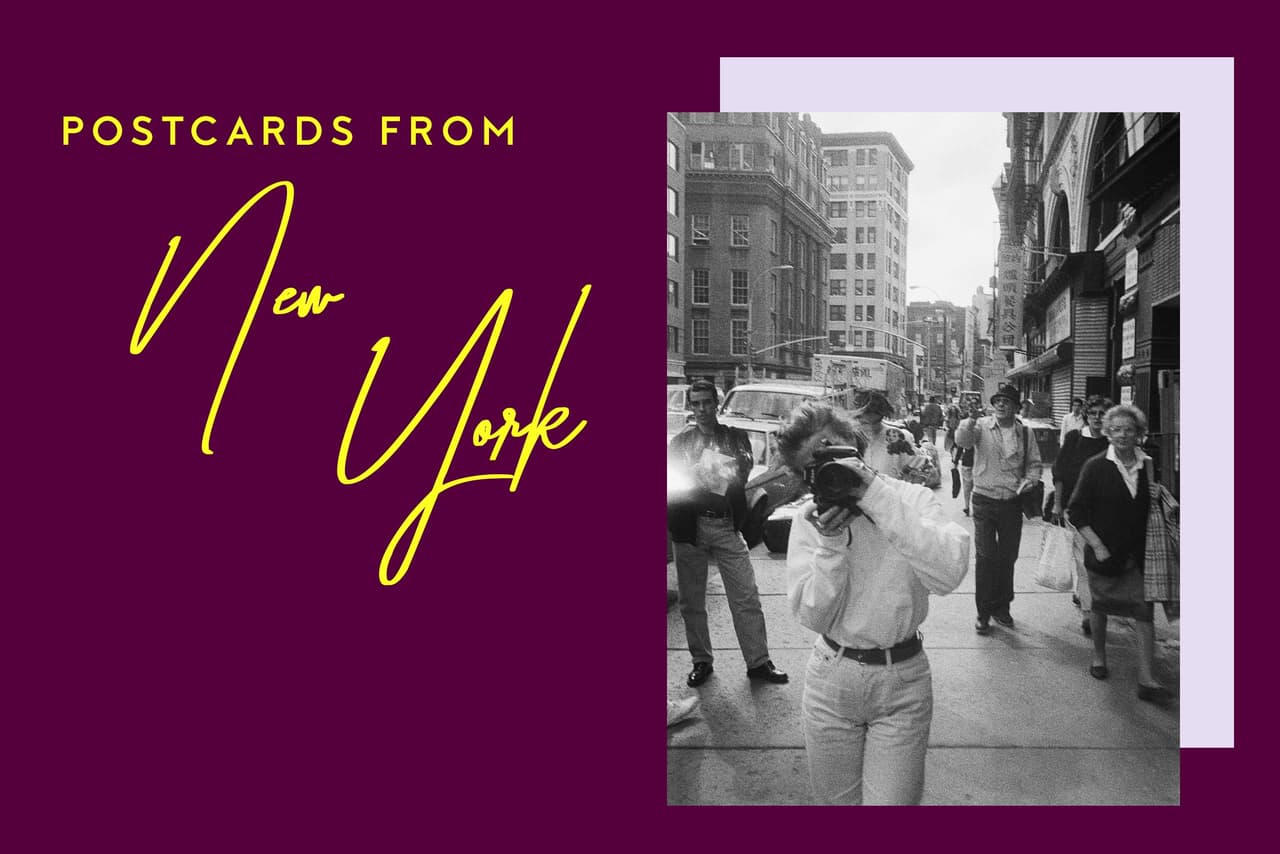Travel
The Enchanted City
Set at the foot of the Sierra Nevada mountains, in the heart of Andalusia, Granada is the Spanish city with magical Moorish roots. It’s a bucket-list destination, and travel writer Eva Ramirez’s weekending tips will have you yearning for a longer stay…
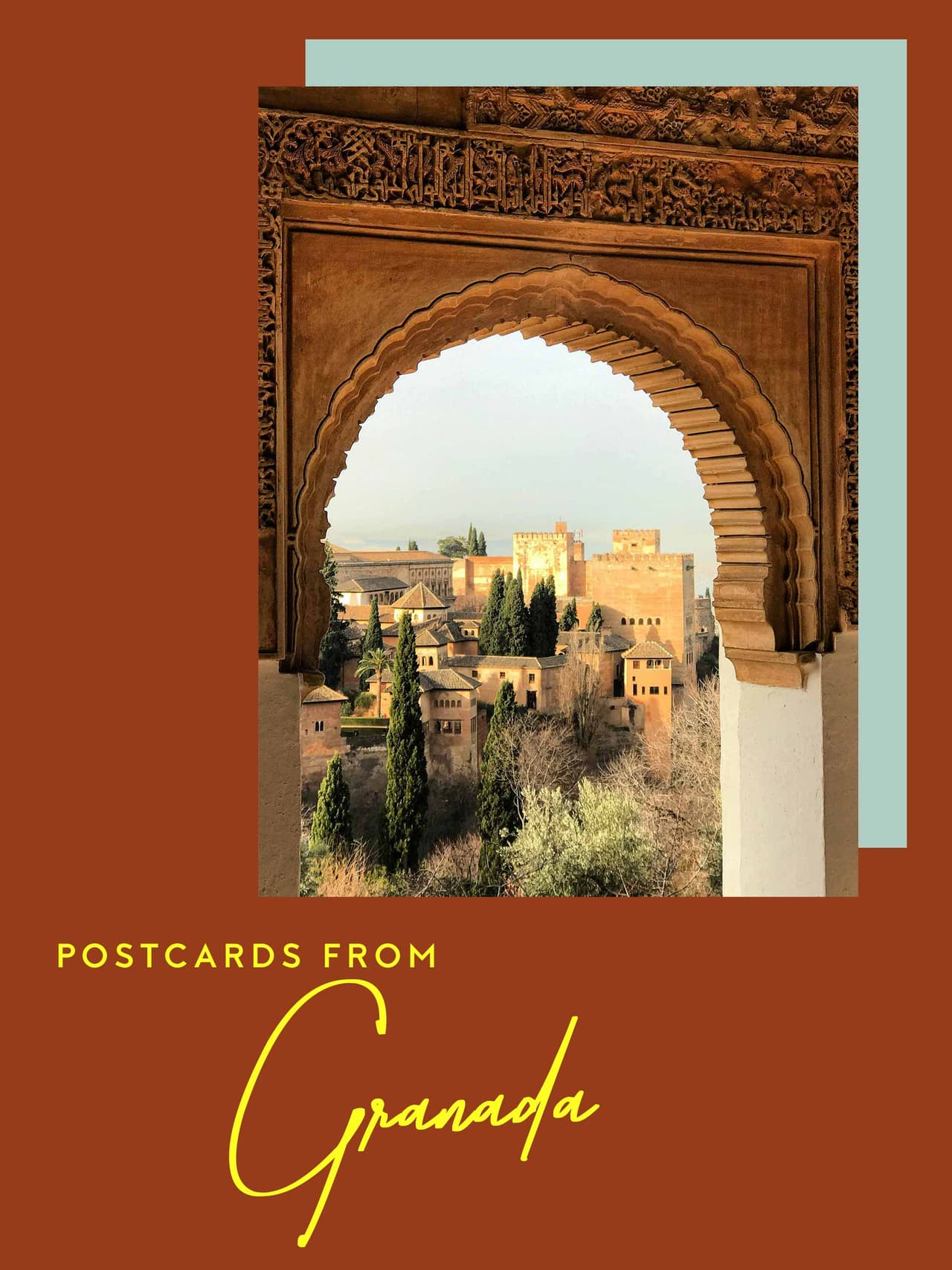
A Note From Eva
Granada enchants with its regal architecture, tree-lined boulevards, and lively tapas bars. Its kaleidoscopic culture is shaped by centuries of both Moorish rule and Spanish tradition, both of which pulsate through its cobbled streets. But be warned, Andalusia’s searing August heat can flatten even the most promising city break. It’s far better to visit on the shoulders of the season: May and June, or mid-September through early November. At this time of year the heat is more forgiving, the sunshine still abundant, and the city easier to savour. A two-night stay is just enough to enjoy a glimpse beneath Granada’s many layers, but to fall into step with the relaxed Andalusian pace, you may want to stay a little longer.
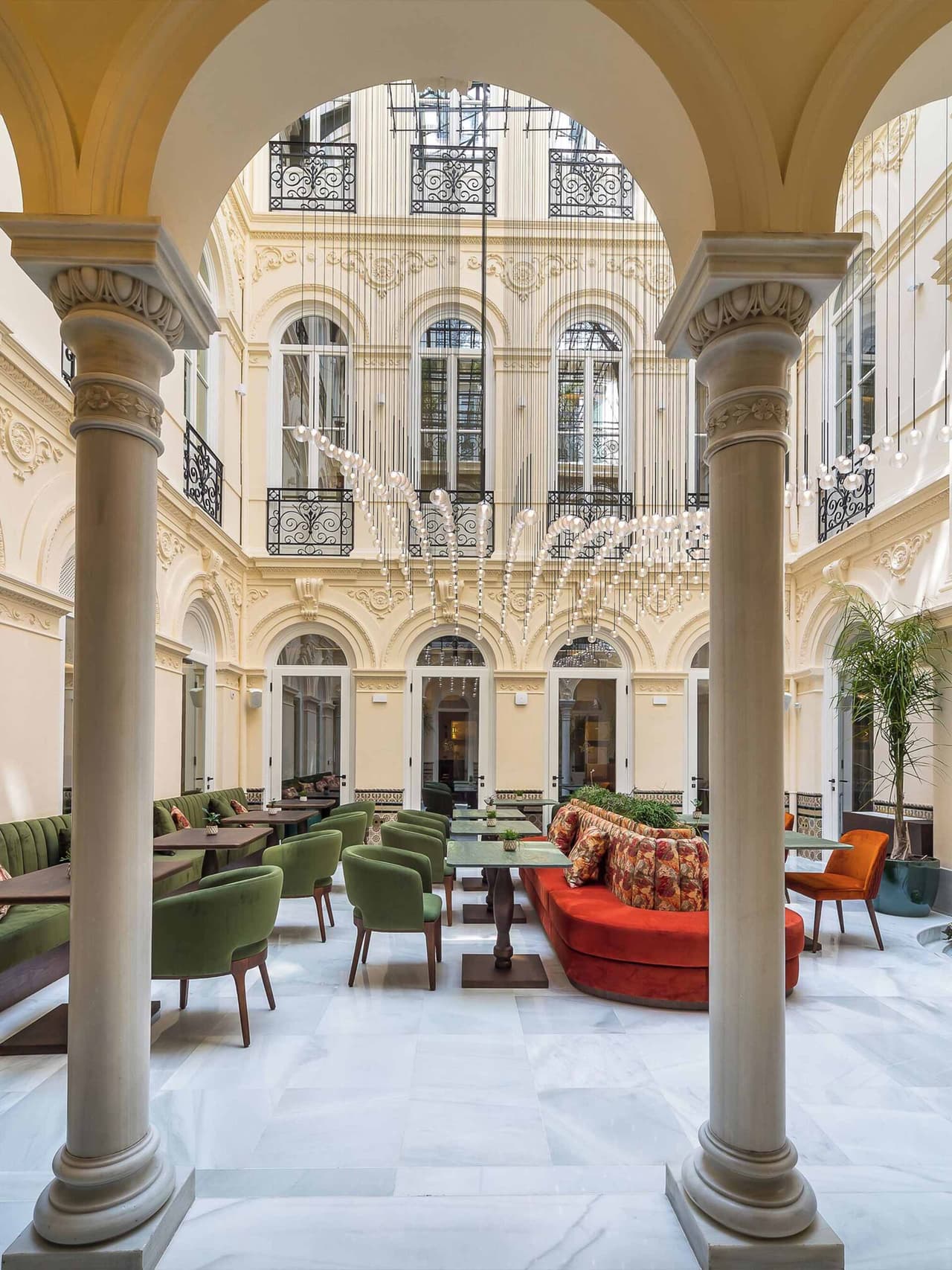
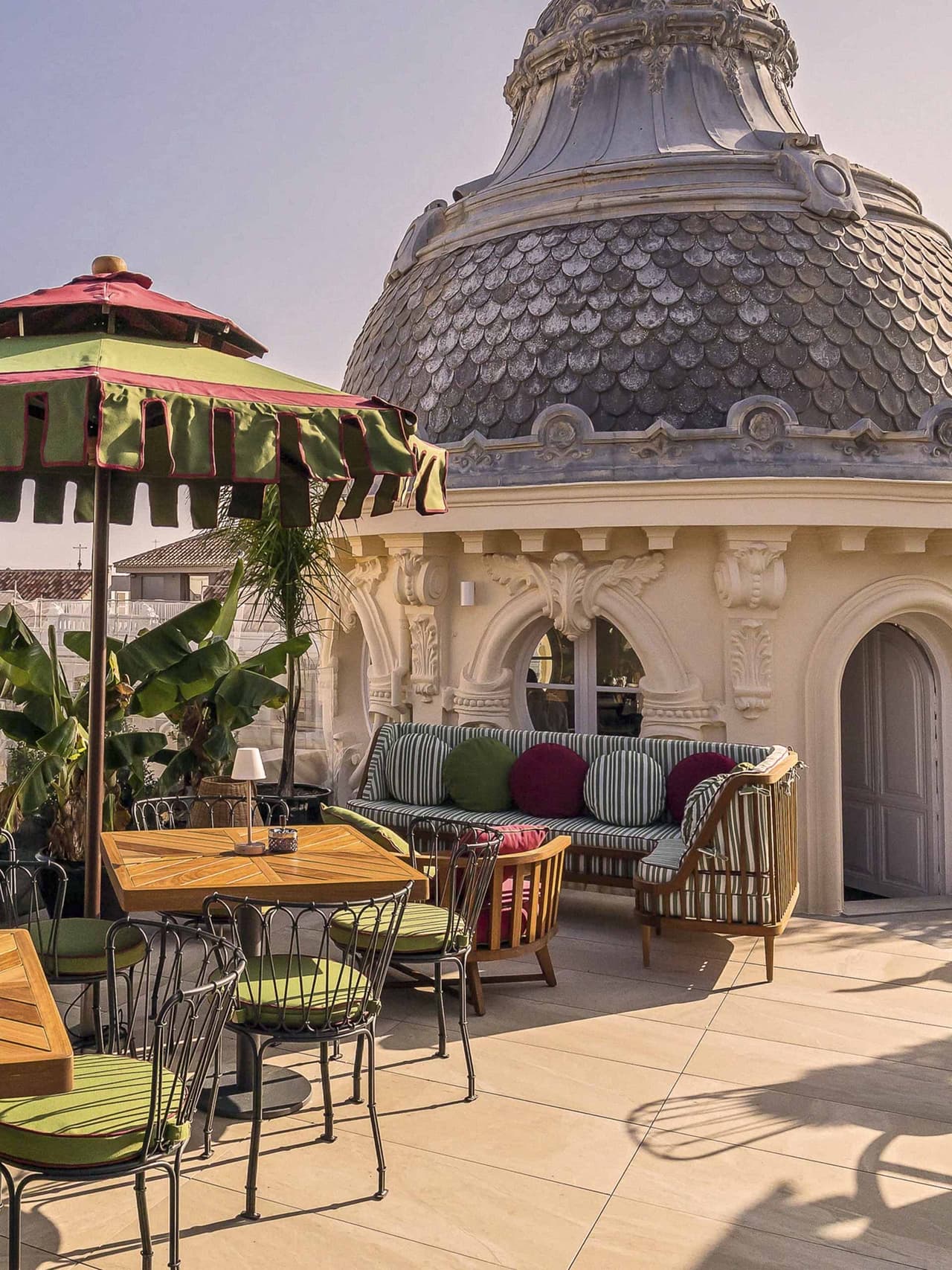
Where to stay
Palacio Gran Vía
This elegant five-star hotel is housed in a grand 19th-century building. Though it opened in June 2023, the 38-room property has long been part of Granada’s cultural and architectural fabric, first serving as a bank with stately residences for its owners above. Much of its character has been carefully preserved, from the ornate façade and wrought-iron balconies to interiors dotted with stained glass, coffered ceilings in neo-Mudéjar style, and even a row of the bank’s original teller kiosks. The building’s former vaults have been reimagined as a petite spa offering Natura Bissé facials, massages, and a hammam. Breakfast is taken in a luminous central patio, adorned with pendant lights, an original water fountain and soaring stained-glass windows. Centrally located in Gran Vía de Colón, the hotel is just across the road from the Cathedral of Granada and a 30 minute walk from the Alhambra, which you can glimpse from the rooftop, best enjoyed with a late-afternoon vermouth.
From £255 per night. Book here
El Ladrón de Agua
A gem for visitors on a tighter budget, El Ladrón de Agua offers an artsy, self-catering stay in a restored 16th-century mansion. It sits right on the Río Darro and also doubles as a cultural space, with rotating art exhibitions and a library of poetry. There are five separate accommodations in the building, including studios, apartments and a penthouse. Staying here is less about full-service luxury and more about atmosphere and independence, making it a fitting base for those who want a bohemian vibe and to be left to their own devices.
From £85 per night. Book here
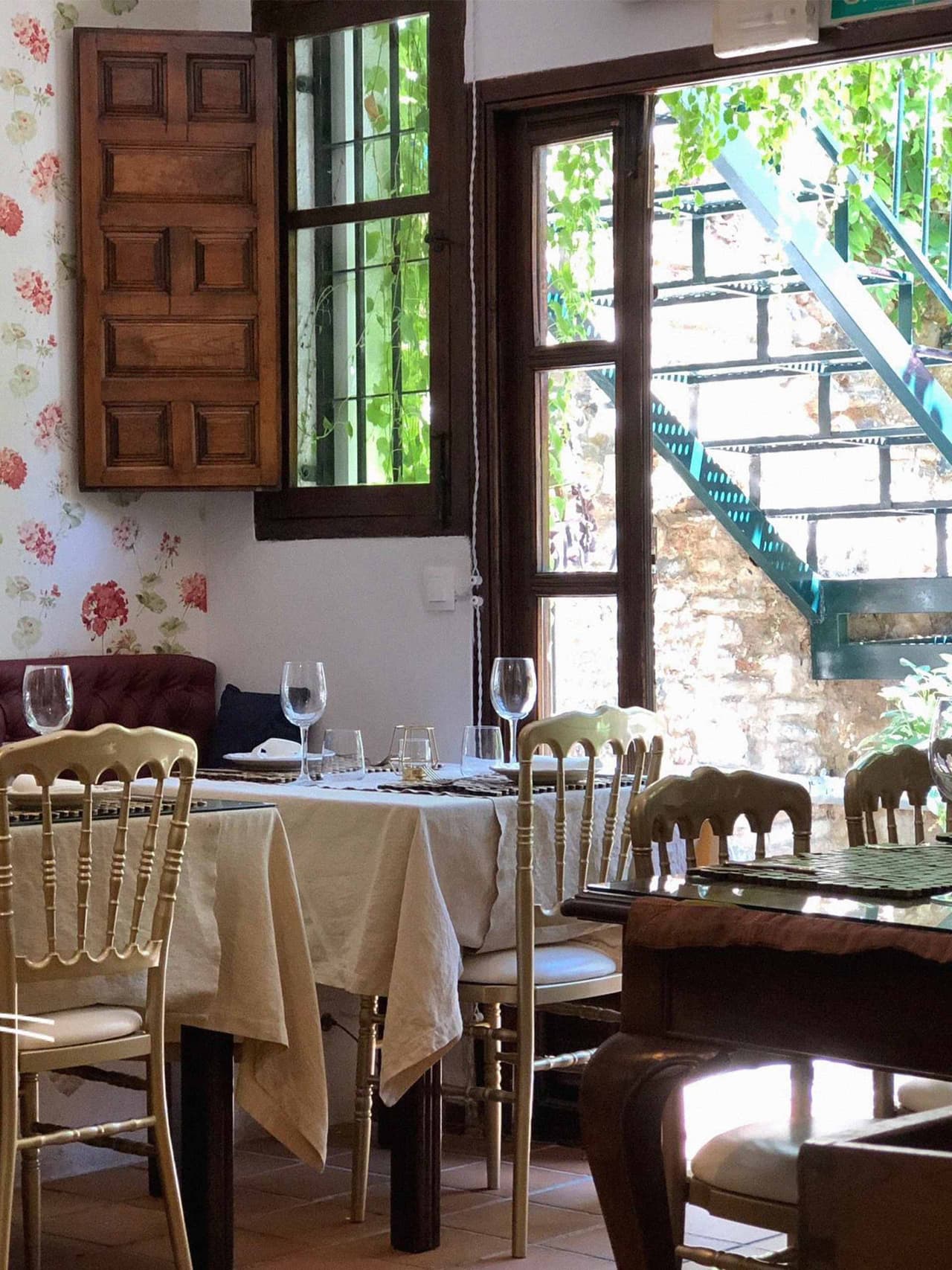
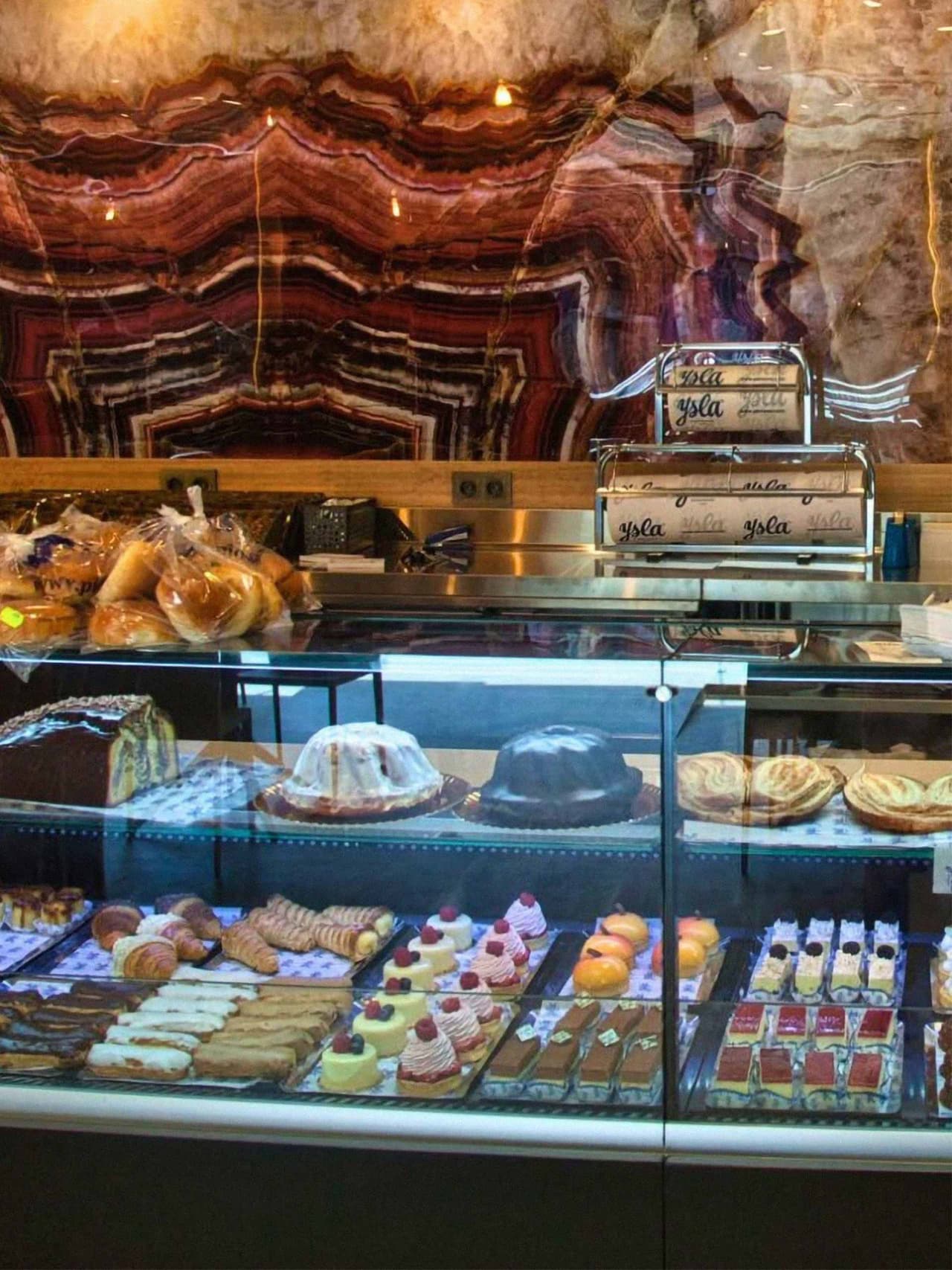
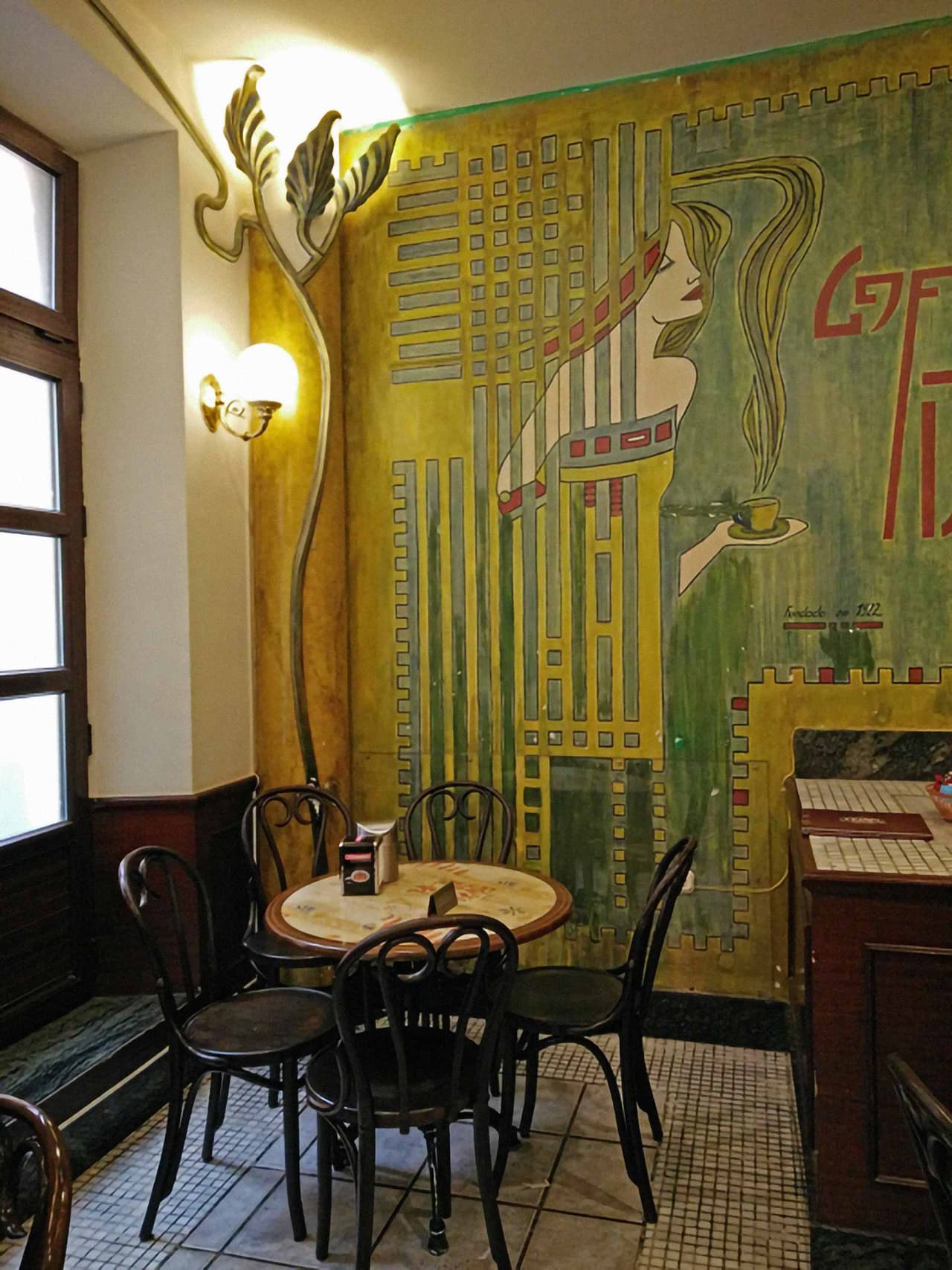
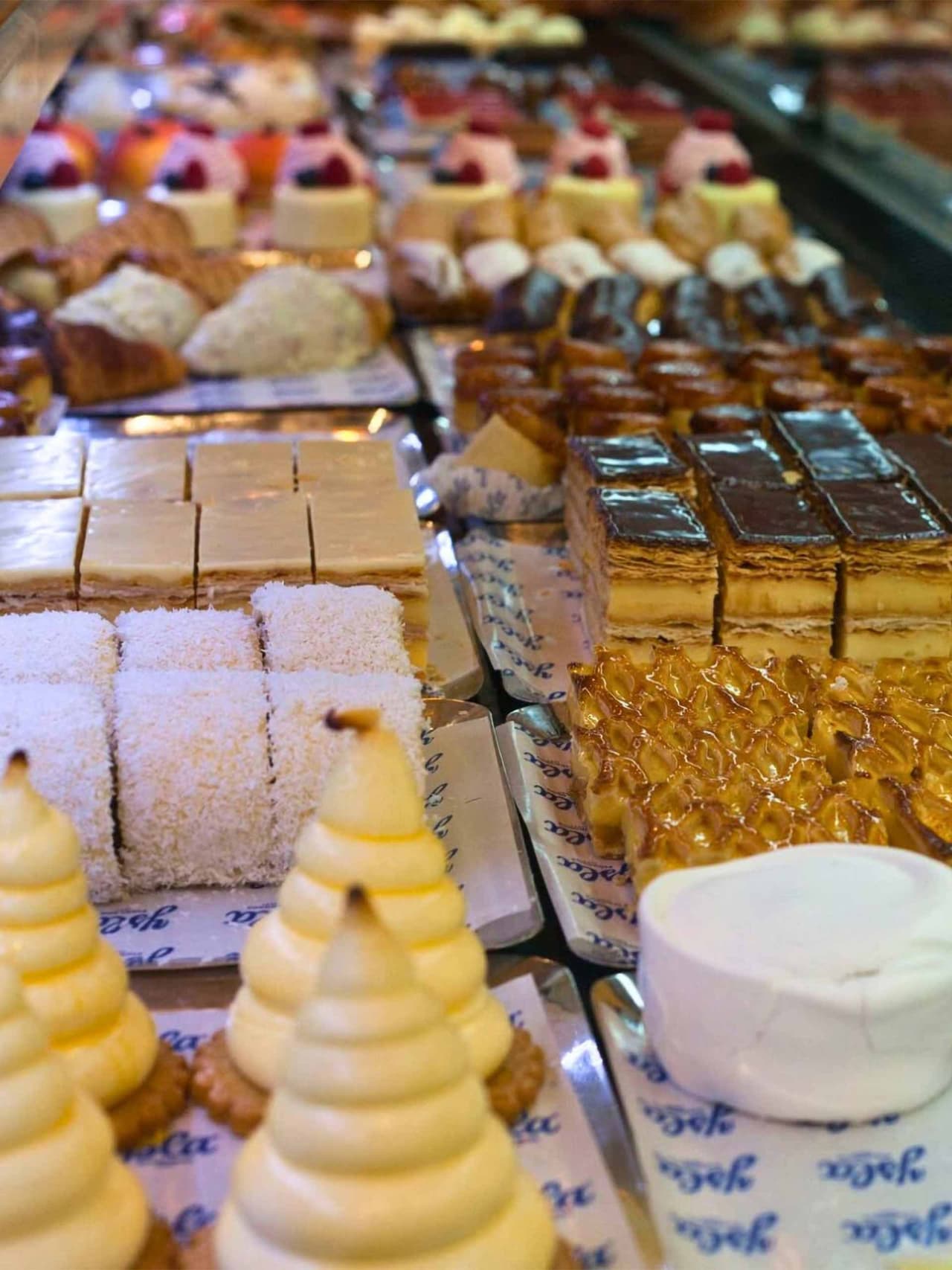
Where to eat
Breakfast
Begin the day the Andalusian way with pan con tomate and a café con leche. Café Fútbol, one of Granada’s oldest coffee houses, serves the classic alongside churros, Iberian ham, and other local staples. If you’d rather linger at the hotel, Palacio Gran Via serves a wonderful breakfast spread in their light-filled courtyard patio, including home made chia puddings and a great cheese and cold cuts selection.
Lunch
For lunch, join the locals at Los Diamantes, a no-frills tapas bar famous for its pescadito frito (fried fish). Open since 1933, it’s a loud, convivial place where plates land on your table almost as quickly as you order them. The original is on Calle Navas, with four other outposts across the city.
Dinner
Come evening, head uphill to the Albaicín for dinner at Restaurante El Trillo. Hidden on a small street, it’s known for its terrace with direct views of the Alhambra, though the leafy garden is just as charming if the terrace is full. The menu blends tradition with a lighter touch. Try the salmorejo, a silky tomato-and-bread purée, or the seasonal vegetable dishes if you’re craving something fresher than the usual tapas circuit.
Anytime Treats
For a sweet interlude to your day, be sure to stop at La Tarta de la Madre de Cris. The name of this place doesn’t roll off the tongue, but their cheesecake is outstanding. Piononos de Santa Fe are syrup-soaked sponge rolls. Filled with cinnamon custard and topped with a caramelised swirl, they are best enjoyed at Pastelerías Casa Ysla, the birthplace of this Granada specialty.
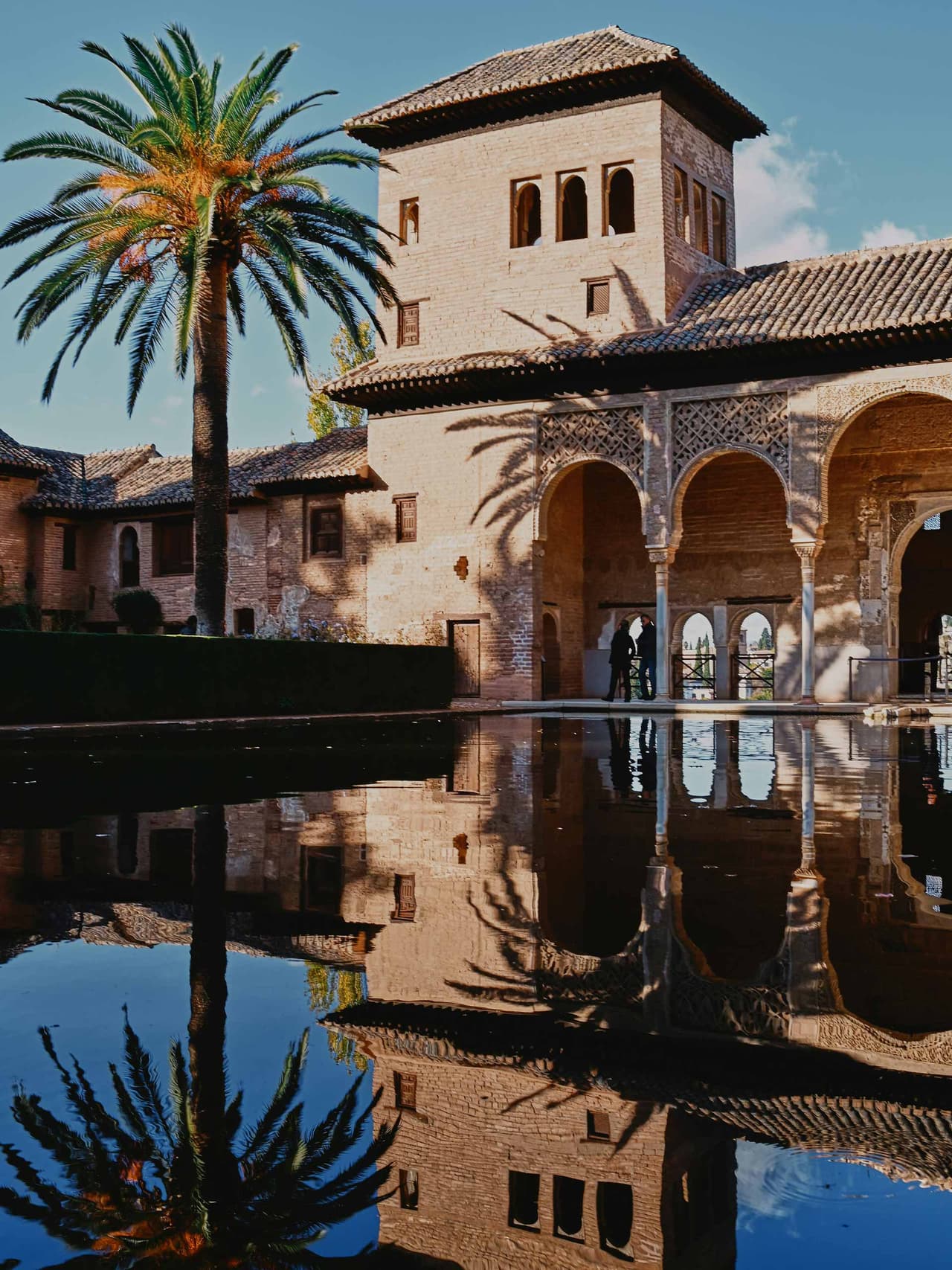
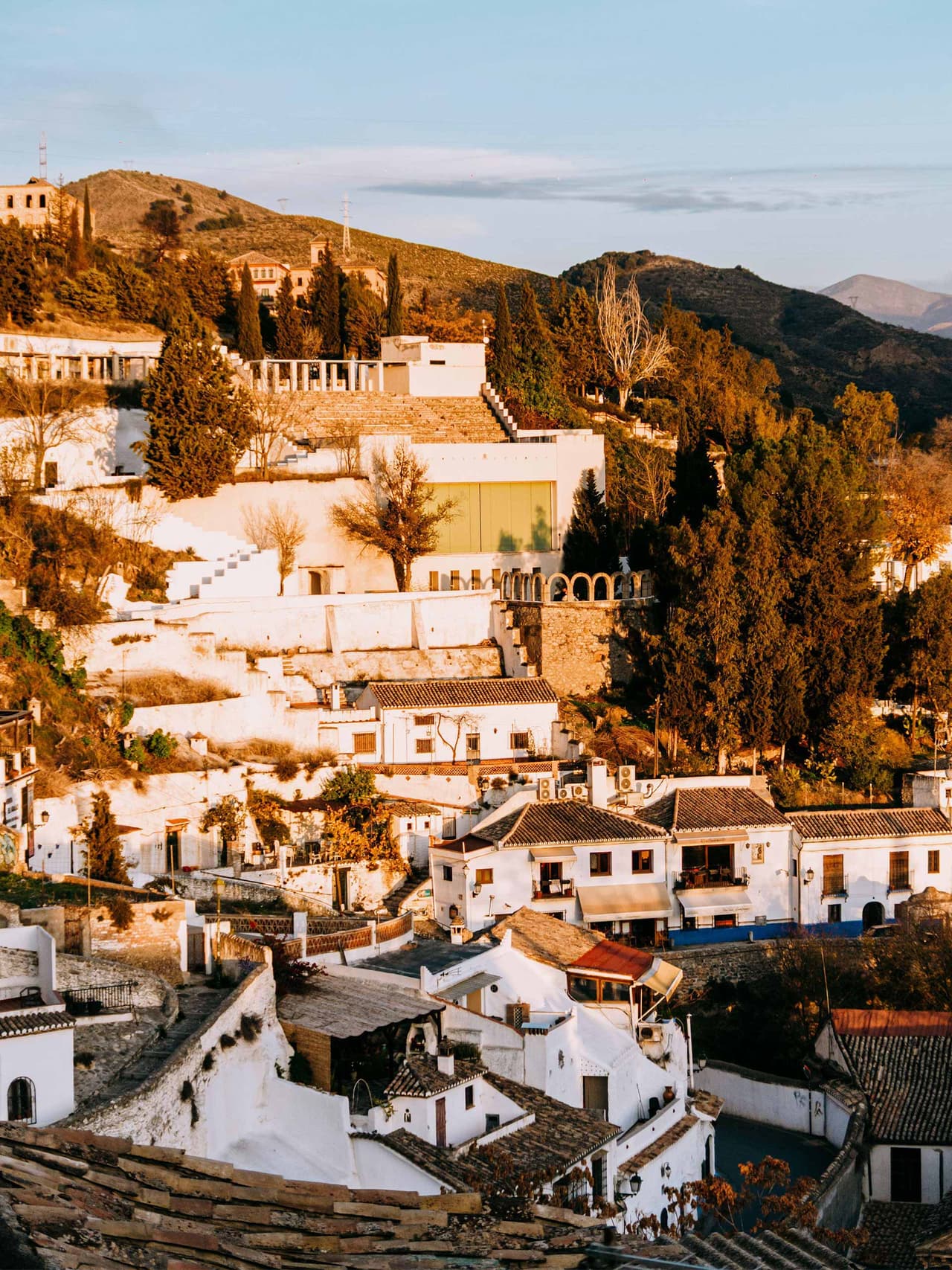
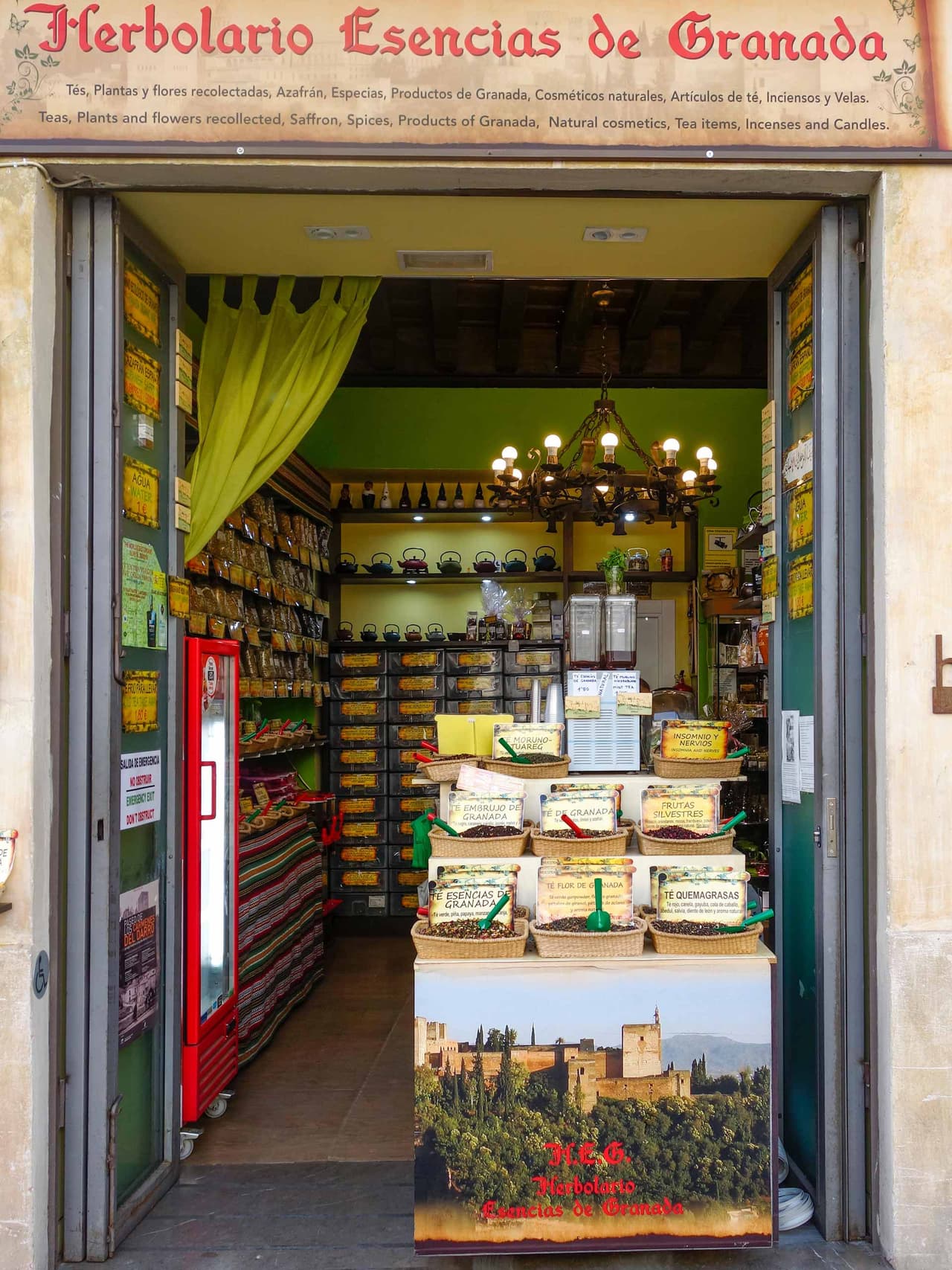
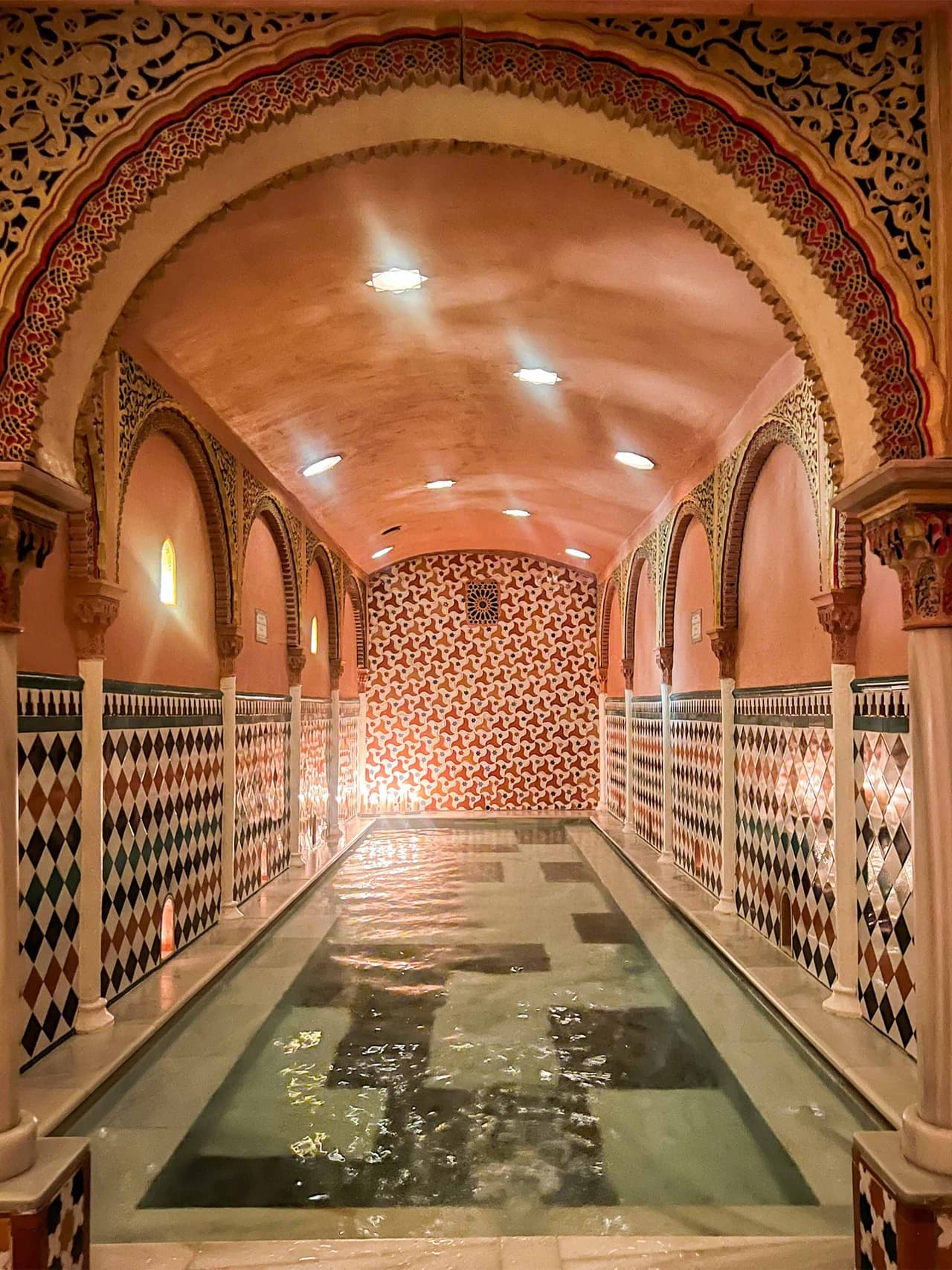
What to do
Witness the artistry and beauty of the Alhambra
Granada’s crown jewel is the Alhambra, a vast hilltop complex divided into three parts: the Nasrid Palaces, the Alcazaba fortress, and the Generalife gardens. Alhambra showcases the height of Moorish craftsmanship, from filigree arches and carved stucco to tranquil courtyards and the most peaceful flowing water channels. You’ll need at least three hours to see the palaces and gardens properly, with a little longer if you want to linger. Entry to the Nasrid Palaces is strictly timed, while the fortress and gardens can be explored at leisure. Tickets often sell out a month or more in advance, so book as early as possible through the official site and don’t forget to take your passport as it’s required for entry.
Visit the cave-dwelling community of Sacromonte
The neighbourhood of Sacromonte is known for its Roma community and famous cave dwellings that are carved into the rocks of Granada’s hillside. The district is compact, with just one main road where most points of interest - and a few tourist traps - can be found. It’s also steep, so you’ll want to wear comfortable shoes. Alive with tradition, you’re likely to hear the raspy tones of traditional flamenco singers drifting through the winding streets. The caves serve as homes, restaurants, bars, workshops, and intimate performance spaces. Slip into one for a taste of Zambra, a variation of flamenco that is thought to be an evolution of ancient Moorish dances.
Walk around the city’s oldest neighbourhood, Albaicín
Granada’s old Moorish quarter is a labyrinth of narrow lanes and whitewashed houses, opening up to spectacular views of the Alhambra across the valley. There are shaded plazas and leafy courtyards for an afternoon pause and bite to eat. The heart of the neighbourhood is Plaza Larga, where you’ll find taverns, restaurants and on Saturday mornings, a lively local market. Head up to Mirador de San Nicolás to catch the best views across the city, and if you’re making your way back to the centre, stroll along the Paseo de los Tristes, a picturesque street that runs along the Darro River. Nearby on Calle Santa Ana, you’ll find Hammam Al Ándalus, an authentic Arab bathhouse that’s well worth a visit for a simple hammam or additional treatments. They also have a gorgeous beauty store on the parallel Carrera del Darro.
